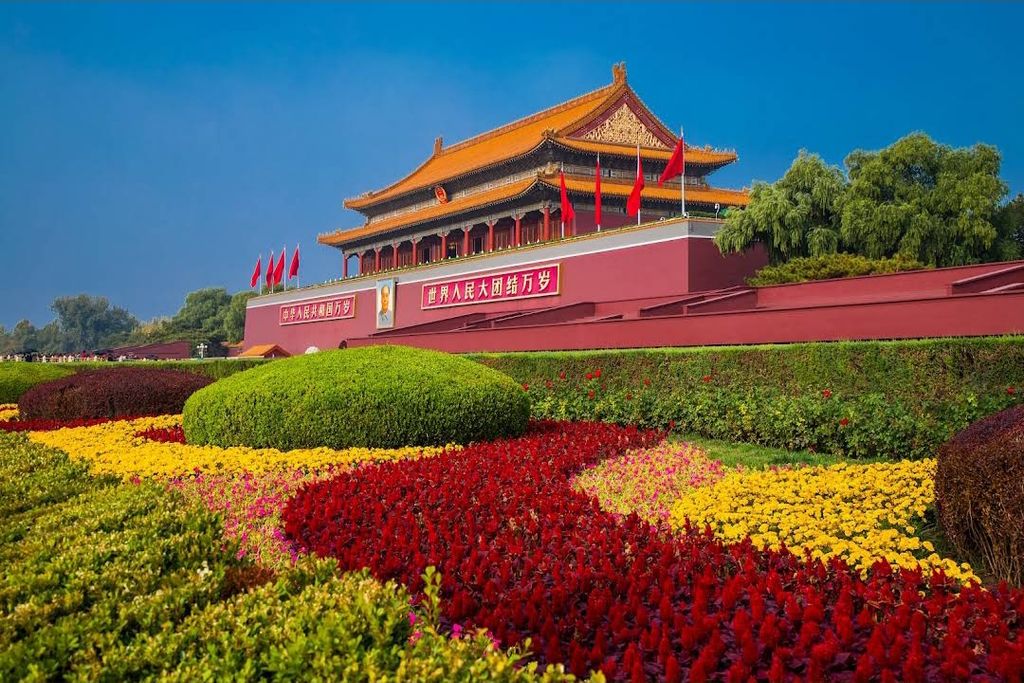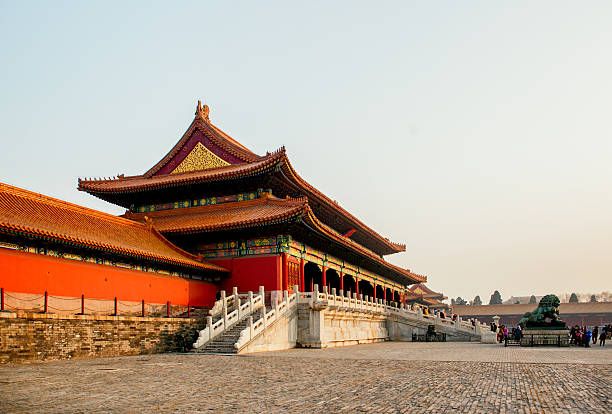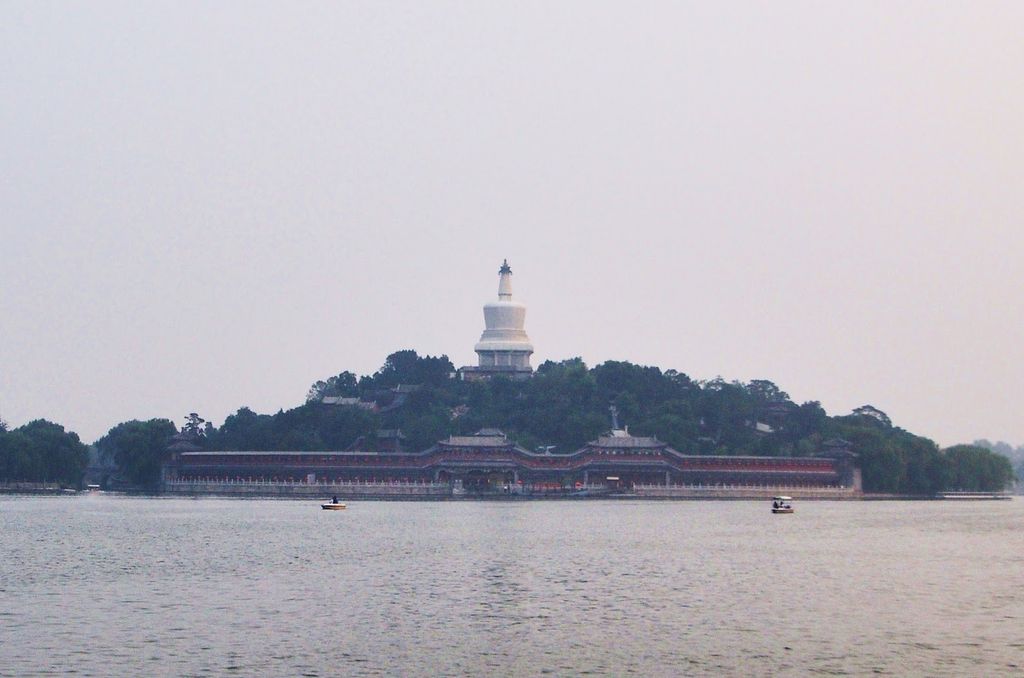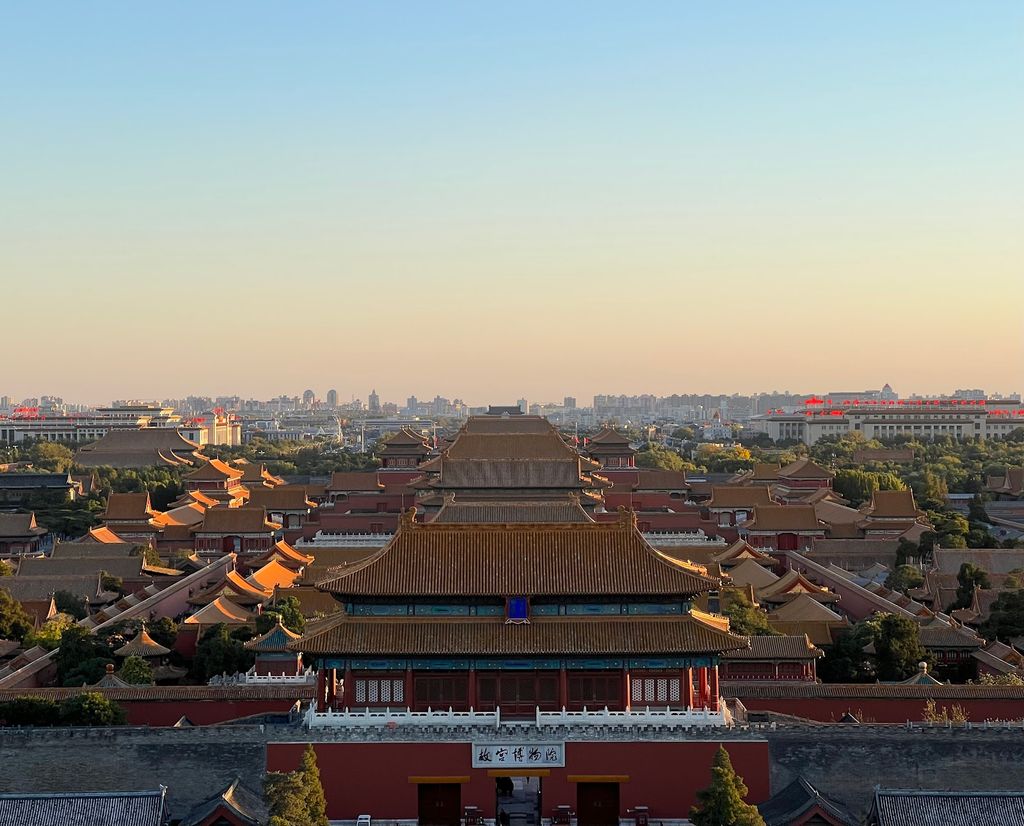Beijing's Historic Heartbeat Tour
Join us on a captivating journey through Beijing's rich history and vibrant culture, exploring iconic landmarks on this free walking tour.
Time
3 Hours
Stops
4 Places
Distance
5.0 km
Tiananmen Square
Start your tour at Tiananmen Square, the iconic heart of Beijing and a symbol of China’s modern history.

Tiananmen Square (Source: Google Maps)
Tiananmen Square, located in the heart of Beijing, is one of the largest public squares in the world and a site of immense historical significance. It has been the backdrop for numerous pivotal events in Chinese history, including the May Fourth Movement in 1919 and the Tiananmen Square protests in 1989. The square is flanked by the imposing Tiananmen Gate, which features a portrait of Mao Zedong, and the National Museum of China, which showcases the country’s rich heritage. The square is also home to the Monument to the People's Heroes, a tribute to those who sacrificed their lives for the nation, and the Great Hall of the People, where legislative sessions are held. The vast open space encourages reflection on China's past and present, making it a vital part of any visit to Beijing.
The Forbidden City
Just a short walk north from Tiananmen Square, explore the Forbidden City, a sprawling palace complex that served as the home of emperors for nearly 500 years.

The Forbidden City (Source: Google Maps)
The Forbidden City, a UNESCO World Heritage site, was the imperial palace for 24 emperors during the Ming and Qing dynasties. Spanning over 180 acres, it is a stunning example of traditional Chinese palatial architecture, featuring over 980 buildings. The complex is surrounded by a moat and a massive wall, symbolizing the separation of the royal family from the common people. Inside, visitors can explore beautifully preserved halls and courtyards, each with its own historical significance. The Palace Museum, housed within the Forbidden City, contains an extensive collection of artifacts and artworks from China's imperial past. Notably, the Forbidden City is renowned for its vibrant yellow roofs, which signify the emperor's status, and its intricate decorative elements, showcasing the artistry of ancient Chinese craftsmanship. A visit here offers a glimpse into the opulent lifestyle of China's emperors and the rich history of the nation.
Beihai Park
Continue northwest to Beihai Park, one of the oldest and most well-preserved imperial gardens in China, featuring a beautiful lake and the iconic White Dagoba.

Beihai Park (Source: Google Maps)
Beihai Park is one of the oldest and most well-preserved imperial gardens in China, dating back to the 11th century during the Liao Dynasty. Spanning over 69 hectares, the park features a stunning lake, beautiful pavilions, and the iconic White Dagoba, which stands as a symbol of the park. The White Dagoba, built in the 13th century, is a stupa that represents the Buddhist faith and offers a unique architectural style that combines Tibetan and Chinese influences. Throughout the park, visitors can enjoy tranquil walking paths, traditional Chinese landscaping, and the opportunity to experience local culture, including tai chi and calligraphy. Beihai Park has served as a retreat for emperors and commoners alike, making it a significant cultural and historical site. Its serene environment and rich history provide a perfect escape from the bustling city of Beijing.
Jingshan Park
Head north to Jingshan Park, which offers a panoramic view of the Forbidden City and the surrounding cityscape from its central hill.

Jingshan Park (Source: Google Maps)
Jingshan Park, located directly north of the Forbidden City, is a former imperial garden that offers panoramic views of the city and the Forbidden City itself. The park was constructed in the 15th century during the Ming Dynasty and is known for its central hill, which was created from the soil excavated while digging the moat for the Forbidden City. The hill rises about 45 meters, providing visitors with a breathtaking vantage point to appreciate the grandeur of the Forbidden City and the surrounding landscape. The park is adorned with ancient trees, some over 800 years old, and features several pavilions that reflect traditional Chinese architectural styles. Historically, Jingshan Park was a retreat for emperors, and today it serves as a popular spot for locals and tourists to relax and enjoy the scenery. The park is especially beautiful during spring when cherry blossoms bloom, making it a perfect destination for photography and leisurely strolls.

Your travels, your rules.
Create your own Free Walking Tours.
Set your preferences, distances and anything you want to do or see.
Completely free, no payment required.